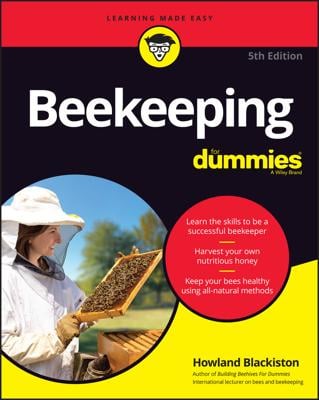-
As winter crawls to an end, pick the first mild sunny day with little or no wind to inspect your bees (50 degrees Fahrenheit [10 degrees Celsius] or warmer).
-
Observe the hive entrance. Are there many dead bees around the entrance? A few dead bees are normal, but finding more casualties than that may indicate a problem.
-
Lightly smoke and open the hive. Do you see the cluster of bees? Can you hear the cluster?
-
Look through some of the comb. Do you see any brood? Look for eggs (eggs mean you have a queen). If you see no eggs or brood, consider ordering a new queen from your supplier.
-
Does the colony have honey? If not, or if it's getting low, immediately begin feeding syrup to the bees.
-
Feed your colony a pollen substitute to boost brood production.
-
If you are using a Langstroth hive, reverse the deep-hive bodies to better distribute the brood pattern. Use this opportunity to clean the bottom board.
-
Use a screened bottom board or the powdered-sugar-shake method to determine Varroa mite population. Take corrective action if the population of mites is heavy.
-
Later in the spring, add a queen excluder and honey supers to your Langstroth hive (if you medicate your bees, all medication must be off the hive at this time).

